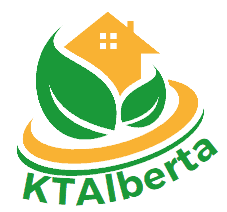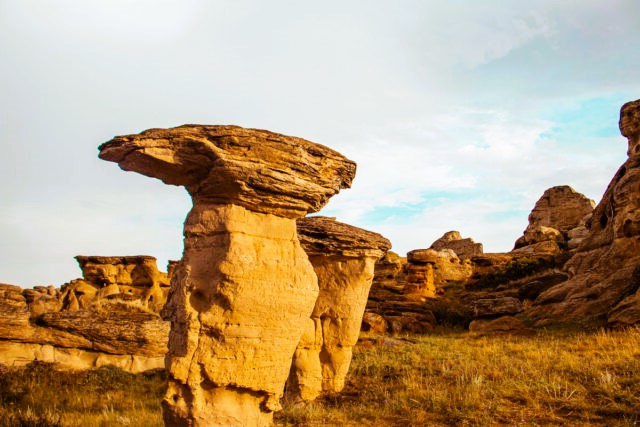Alberta, a province located in western Canada, boasts a diverse range of geological features that have captivated scientists, nature enthusiasts, and tourists alike. From towering mountains to expansive prairies, Alberta’s landscapes are a testament to the incredible forces that have shaped the Earth over millions of years. These unique geological features are not only a source of natural beauty but also hold important clues about the planet’s history and offer opportunities for conservation efforts to protect these treasures for generations to come.
One of Alberta’s most iconic geological features is the Canadian Rocky Mountains, which span the western border of the province. These majestic peaks, part of the larger Rocky Mountain range that extends into the United States, were formed over millions of years through the collision of tectonic plates and the uplift of sedimentary rock layers. The Rockies are home to a variety of ecosystems and play a crucial role in maintaining biodiversity in the region. They provide habitats for numerous plant and animal species, some of which are found nowhere else on Earth.
In addition to the mountains, Alberta’s landscape includes vast prairies, fertile valleys, and winding rivers. The province’s prairie region is characterized by flat grasslands and is a vital part of the country’s agricultural sector. The prairies were formed by the gradual deposition of sediments carried by rivers and glaciers, creating a rich and productive soil that supports farming and ranching activities. The preservation of these prairies is essential for maintaining food production and supporting local economies.
Alberta is also home to unique geological formations such as the Badlands. The Badlands, located in the southern part of the province, are a striking example of erosion’s power in shaping the land. These arid landscapes feature deep canyons, hoodoos (tall, thin rock spires), and multicolored layers of sedimentary rock. The Badlands provide a window into the past, showcasing the remnants of ancient ecosystems and the creatures that once inhabited them. Efforts to conserve these areas involve educating the public about their significance and implementing measures to prevent erosion and habitat degradation.
Conservation efforts in Alberta focus on preserving the province’s geological heritage while also addressing modern environmental challenges. Organizations like the Alberta Geological Survey (AGS) play a crucial role in studying and documenting the region’s geological features. The AGS conducts research to better understand the processes that have shaped Alberta’s landscapes and to provide valuable information for land use planning and resource management. Like the article? Read also about Indigenous Land in Alberta, in the article on management practices.
The provincial government and various non-profit organizations collaborate to establish and maintain protected areas that safeguard Alberta’s unique geological features. National parks such as Banff and Jasper are prime examples of successful conservation efforts. These parks not only preserve the natural beauty of the Canadian Rockies but also support scientific research and provide opportunities for outdoor recreation and education.

Furthermore, Alberta is dedicated to sustainable resource development, recognizing the need to balance economic growth with environmental preservation. This approach involves responsible mining, energy extraction, and land development practices that minimize the impact on the province’s geology and ecosystems. Striking this balance requires a combination of scientific research, community engagement, and effective policy implementation.
In conclusion, Alberta’s geological features stand as a testament to the Earth’s dynamic history and the ongoing forces that continue to shape it. From the towering Rocky Mountains to the intricate Badlands, these features provide invaluable insights into our planet’s past and offer countless opportunities for scientific discovery, education, and recreation. Through concerted conservation efforts, including research, protected areas, and sustainable resource development, Alberta is taking steps to ensure that these geological treasures endure for generations to come.
For more information about Alberta’s geological features and conservation efforts, you can visit the Alberta Geological Survey website.
Recommended literature for review:
- “Window Seat: Reading the Landscape from the Air” by Gregory Dicum
- “Sustainable Design: A Critical Guide” by David Bergman
- “The Green Self-Build Book: How to Design and Build Your Own Eco-Home” by Jon Broome
- “Energy-Efficient Windows: A Comprehensive Guide” by Jason B. Harman

